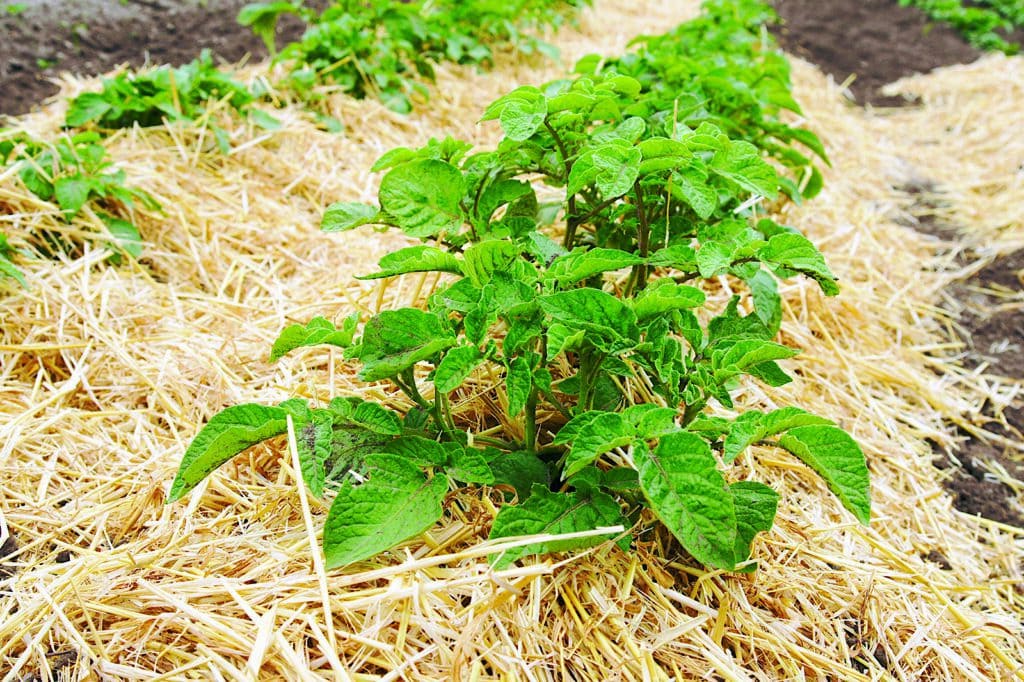
Unlike intensive agriculture that destroys habitats, pollutes waterways and decreases soil quality, permaculture aims to emulate natural ecosystems rather than trying to fight or control nature. Here is what you need to know about this sustainable practice.
Origins
The permaculture principles were developed in the 1970’s by Australians Bill Mollison and David Holmgren. They do not solely focus on agriculture but buildings, energy, and technology. Today, permaculture is a design approach that integrates land, people and other resources to align with nature.
Principles
Permaculture is based on 12 principles; all focused on caring for the land and the people who live on it. These principles include observations, which aim to develop effective and intelligent strategies for each situation. Other principles include:
- Self-regulation
- Valuing renewable resources and services
- Zero waste
- Promoting modest solutions
- Incorporating diversity
Examples
In agriculture, permaculture practices focus on restoring soil health and fertility. In the garden permaculture aims to maximize the use of water, sun and other natural energies. Permaculture also involves building living spaces with biodegradable and locally sourced materials that have a low ecological footprint.
Permaculture aims to create productive ecosystems that are diverse, stable, and resilient. Supporting companies that practice it supports everyone.


